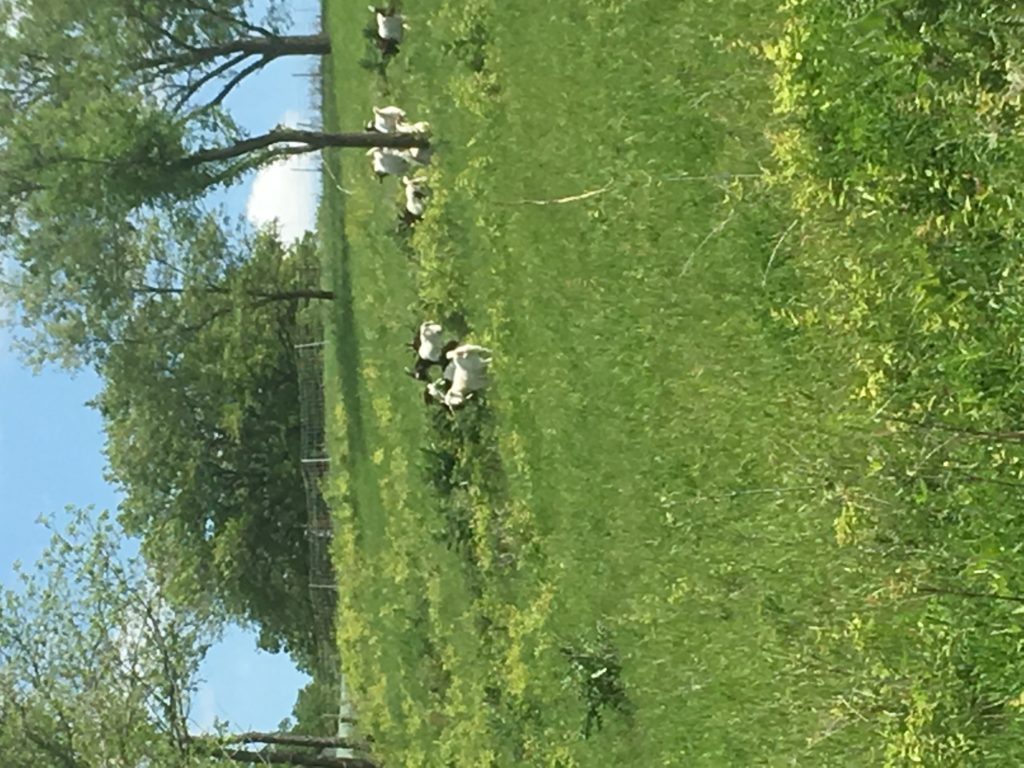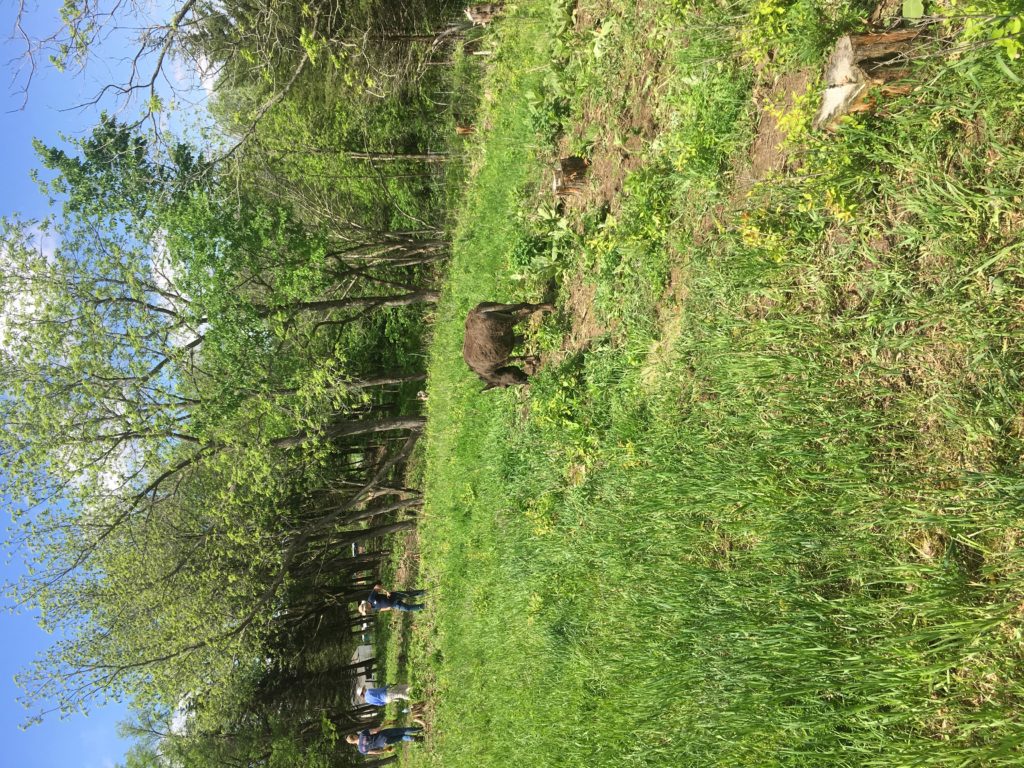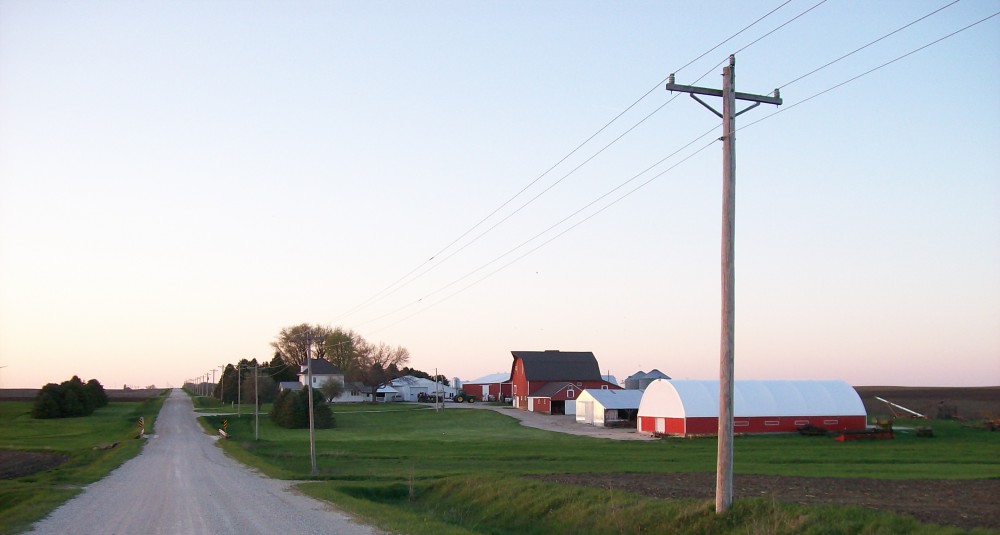May 25, 2019
Stewardship Day at Whiterock Conservancy felt like a throwback to what we called workdays in my high school Enviro class. During the course of the year we would grab our work gloves and head outdoors to tackle the buckthorn or other invasive species in one of six Open Lands nature preserves in my hometown. The Open Lands Association in my hometown maintains over 800 acres of highly diverse native landspace, minor in comparison to Whiterock Conservancy’s 5,500-acre spread.

The Whiterock Conservancy is a land trust dedicated to conserving and protecting Iowa’s natural resources and engaging the public with the environment through outdoor recreation and education. This mission is consistent with what I know about the Open Lands association back home. Whiterock’s three-part mission is to protect and restore the area’s natural resources and wild beauty; to provide people of all ages with safe, meaningful and unique outdoor recreation and education experiences; and to demonstrate and promote sustainable agriculture practices that respect the land, clean the water, and improve the soil.
Our stewardship work at Whiterock Conservancy involved pulling out an invasive plant species known as Dame’s rocket and shoveling out a colorful yet deceptively prickly and stubborn weed known as thistle, which can inhibit the growth of other plants. We were also able to see their goats, which are guarded by their very aggressive guard donkey Rafi, who cuts in between you and the goats if he thinks you are getting too close. Goats are useful in rotational grazing and restoring and maintaining a sustainable habitat. Today’s workday was a refreshing change of pace–it was great to be outdoors.


Once we finished our stewardship activities, we met with Liz Garst, Whiterock Conservancy’s treasurer, who provided background on the land trust. Part of her discussion covered how farmers are using precision agriculture technology, like GPS, to improve their crop production. This reminded me of how the Open Lands staff back home uses drone technology to identify invasive species to direct the work volunteers. Technology is improving many agricultural processes. We also discussed soil runoff issues and the leaking of nitrogen and phosphorus, the impact of runoff on water quality and solutions to runoff. Liz emphasized that more enforcement of existing regulations is needed to prevent nitrogen and phosphorus runoff into the rivers. This issue has become a common theme in many of our discussions throughout the last week.
